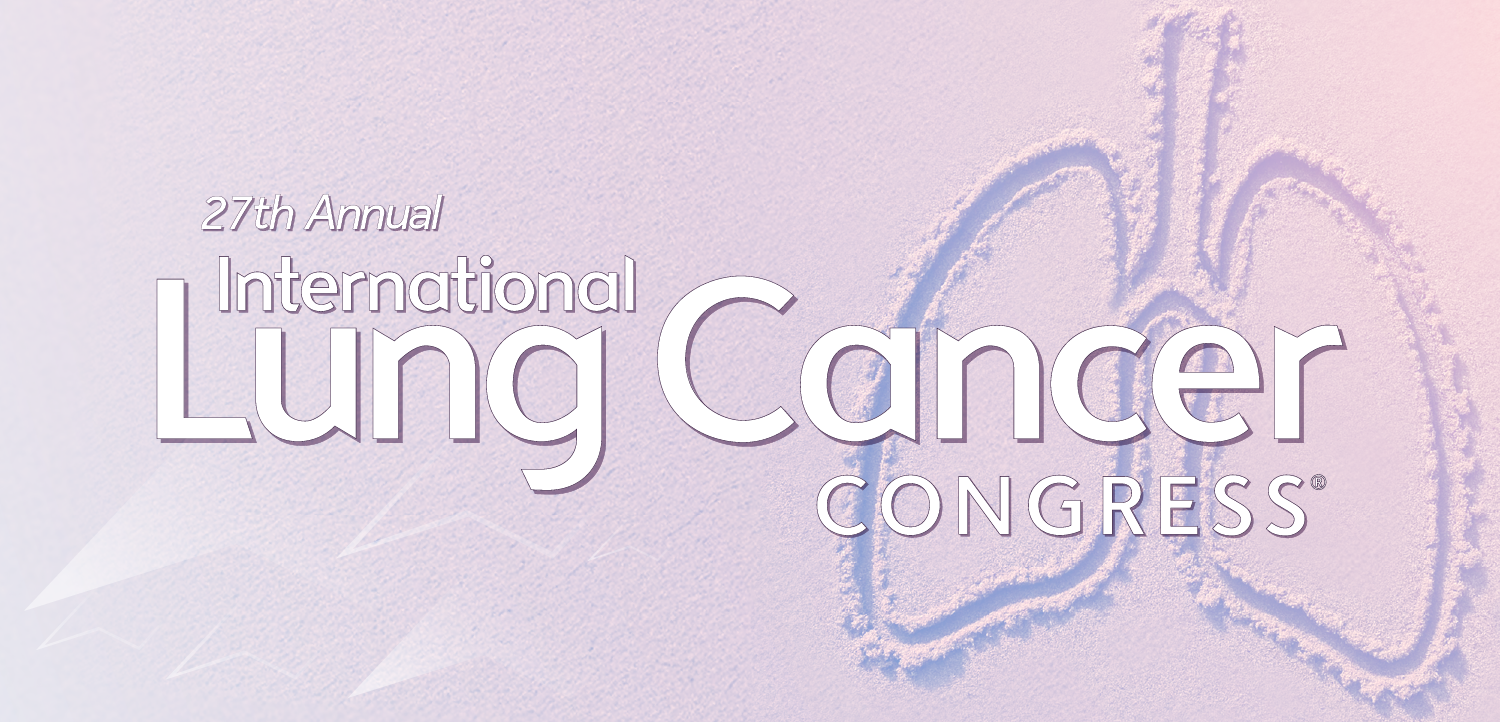
The AIDS Reader
- The AIDS Reader Vol 18 No 12
- Volume 18
- Issue 12
Decrease in the Proportion of Injection Drug Use–Related HIV/AIDS in Massachusetts, New York, Connecticut, and Rhode Island
Injection drug use (IDU) has been a route for HIV transmission since the beginning of the epidemic.
The HIV epidemic has been linked to injection drug use (IDU) since the first report of AIDS-related illness among injection drug users in 1981.1 IDU is still considered to be a primary source of HIV transmission in North America, but recent data have demonstrated very dramatic trends showing that HIV incidence among injection drug users is decreasing. In 2003, the CDC’s Morbidity and Mortality Weekly Report (MMWR) published a review of IDU-related HIV cases in 25 states between 1994 and 2000.2 It reported a 42% overall decline in HIV diagnoses among injection drug users.
The CDC report did not include trends in the Northeast, notably Massachusetts, New York, Connecticut, and Rhode Island, despite the fact that the Northeast has been reported to have the highest rates of injection heroin use in the country.3 The reason is that in these states, there are no uniform reporting criteria as there are in the states that were included in the CDC analysis.
This article focuses on an apparent decrease in IDU-related HIV/AIDS in Massachusetts, New York, Connecticut, and Rhode Island from 1999 to the present. Owing to HIV/AIDS reporting differences among these 4 states, it is not possible to analyze a regional trend in changes in primary risk factors among the HIV-infected population.
In order to determine whether the reported declines in IDU-related HIV infections accurately reflect the epidemiology of HIV/AIDS in this region, data from each of these states must be evaluated independently. A better understanding of these trends may help in the development and continuation of prevention, testing, and intervention programs.
METHODS
Two methods were employed to examine trends in the number of IDU-related HIV/AIDS cases in Massachusetts, Rhode Island, Connecticut, and New York. First, we reviewed publicly available HIV surveillance data from major metropolitan cities in 3 of the states (Boston; New York City; Hartford and New Haven, Conn) as well as from Massachusetts and Rhode Island as a whole. These data were collected from each state’s department of health surveillance statistics Web sites. The available data collected differed by city and states, because some reported HIV cases while others reported AIDS cases. In addition, the years reported varied; data from as early as 1999 to the most recent available data (2006 to 2007) was reviewed.
Second, a systematic search of published scientific literature using the PubMed database was also conducted to identify articles that reported on changes in IDU-related HIV infections within the region; the search terms included injection drug use, HIV diagnosis, and HIV incidence.
RESULTS
New York City
The proportion of newly diagnosed IDU-related HIV cases in New York City was reviewed annually from 2001 (the first full year that named reporting of HIV was required) through 2006 (the last year for which data are publicly available).4 In 2001, 23% of new HIV diagnoses with a known risk factor were reported with IDU history. The proportion of HIV diagnoses with an IDU history among all cases with a known risk factor decreased over the 6-year period reviewed. In 2006, the proportion of newly diagnosed cases with an IDU history was 10%. A significant proportion (31% to 41%) of the cases reported annually, however, were noted to be of unknown transmission risk. In addition, there were changes in the reporting specifications (from year of report to year of diagnosis) during this period.
Further investigation into this changing epidemiology was done through an evaluation of the impact of the expansion of syringe exchange programs in New York City. Des Jarlais and colleagues5 identified recent HIV infections and estimated HIV incidence among injection drug users between 1990 and 2002. They found that HIV incidence declined from 3.55 per 100 person-years at risk (PYAR) for the period of 1990 to 1992, to 0.77 per 100 PYAR for 1999 to 2002.
Massachusetts
In Massachusetts, HIV diagnoses have been reported using a nonname, unique coded identifier since 1999. Surveillance data were reviewed through 2006 (the last full year for which data are publicly available).6 The proportion of HIV diagnoses with a reported mode of exposure of IDU decreased from 30% in 1999 to 12% in 2006. The highest number of new HIV diagnoses were seen in Boston, and in that city, IDU accounted for 20% of total diagnoses in 1999 and just 6% in 2006.
Rhode Island
Between 2000 and June 2006, providers in Rhode Island were required to report all cases of HIV by a unique identifier.7 Since July 2006, HIV cases have been reported by name. The proportion of HIV cases with IDU reported as the mode of transmission has steadily decreased from a high of 21% in 2000 to 10% in 2006 (the last full year for which data are publicly available). Beckwith and colleagues8 also examined IDU-related HIV cases in Rhode Island for the years 1990 to 2003 and reported a dramatic 80% absolute reduction in IDU-related new HIV diagnoses in Rhode Island during that period.8
Connecticut
In Connecticut, HIV infection became reportable by name in 2002. However, publicly accessible data are not available on newly reported HIV cases by city and risk factor. Therefore, we reviewed AIDS cases by year of report and risk/mode of transmission in Hartford and New Haven.9 In Hartford, IDU was reported as the mode of transmission for 55% of reported AIDS cases in 2000. After increases for several years, peaking at 67% in 2003, there has been a decrease to 37% of AIDS cases with IDU as the primary risk factor in 2007. In New Haven, IDU was the mode of transmission in 53% of AIDS cases reported in 2000. The proportion of IDU-related cases increased to 62% in 2001, and then the proportion continued to decrease to 35% by 2007.
DISCUSSION
This report demonstrates that the decreases in the number of HIV or AIDS cases in 4 states in the Northeast are comparable to the 42% decline in HIV diagnoses among injection drug users reported by the CDC in other areas of the country (
The numbers that we see in this study as well as in the above-mentioned report in MMWR may actually be underestimating the decrease in the proportion of persons who have contracted HIV via IDU. A more recent CDC report used newer assays to look at HIV incidence in the United States based on HIV diagnoses in 2006 in 22 states (including Connecticut and New York).10 This report showed an 80% decrease in HIV incidence among persons exposed to HIV through IDU.
The present study was limited by the lack of uniform reporting requirements. In contrast to uniform reporting of AIDS cases, HIV surveillance and reporting of HIV-infected persons have varied greatly among states. Name-based HIV reporting, name to code reporting, and code reporting have all been used for HIV reporting requirements. In addition, if a state offers anonymous testing, the results of the tests are not reported to confidential, name-based registries. Furthermore, this study did not specifically look at incidence or prevalence but reported publicly available data.
The variability in the reporting methods limits the ability to accurately compare the HIV epidemics across states. In order to account for differences in reporting requirements, this analysis focused on the proportion of HIV and AIDS cases related to IDU compared with other risk behaviors.
Despite this limitation, the dramatic reduction in the proportion of HIV and AIDS cases related to IDU is apparent and notable. However, it is not clear what has led to this reduction. Most likely it is multifactorial (
There has also been an increased emphasis on “prevention for positives,” and HIV-infected persons, especially those engaged in medical care, may be more likely to decrease their high-risk behaviors.12 Given the widespread use of antiretroviral therapy and its positive clinical outcomes, even among injection drug users,13 those who use injection drugs and who are in care and are receiving therapy may be less likely to transmit HIV through sexual contact and IDU because of their decreased HIV viral loads.14,15 It is also possible that IDU mortality not related to HIV infection could lead to a decrease in the number of HIV-infected injection drug users.16-18 While it is impossible to quantify the exact impact of these different variables retrospectively, further research is needed to tease out the contributions of the different factors listed in the Table.
Although the data are indicating a decrease in IDU-related HIV/AIDS cases, these data should not be used to imply that substance use is not related to HIV transmission. Sexual risk-taking behavior, which is now the leading cause of HIV transmission among both men who have sex with men (MSM) and heterosexual persons,19 is clearly related to polysubstance use, including alcohol, cocaine, and methamphetamines.20-25 Interventions targeting the treatment of substance abusers who do not use injection drugs are clearly needed in addition to continuing the existing prevention efforts to decrease risky IDU practices.
There has been a recent resurgence in new HIV infections among MSM19 despite a dramatic decrease in new HIV infections among injection drug users. Without continued emphasis on harm reduction, it is certainly possible that there could also be a resurgence of risky IDU. If this happens, it could result in a dramatic spike in new HIV infections. Therefore, continued investment is needed in HIV prevention interventions for injection drug users in the United States. Then, we as care providers, can apply these lessons internationally where there continues to be heavy IDU that fuels the HIV epidemic in many parts of the world.
Acknowledgments: The authors are grateful for the financial support of the National Institutes of Health: 5K23DA017622 (JAM), 1K24DA022112 (JDR), 5K23DA021095 (CGB); Tufts Nutrition Collaborative, A Center for Drug Abuse and AIDS Research (3P30DA013868); and Lifespan/Tufts/Brown Center for AIDS Research (2P30AI042853).
Other than provided in the Acknowledgments, no potential conflict of interest relevant to this article was reported by the authors.
References:
References1. Masur H, Michelis MA, Greene JB, et al. An outbreak of community-acquired Pneumocystis carinii pneumonia: initial manifestation of cellular immune dysfunction. N Engl J Med. 1981;305:1431-1438.
2. Centers for Disease Control and Prevention. HIV diagnoses among injection-drug users in states with HIV surveillance-25 states, 1994-2000. MMWR. 2003;52:634-636.
3. Substance Abuse and Mental Health Services Administration (SAMHSA). The NSDUH Report: Demographic and Geographic Variations in Injection Drug Use. 2007.
4. New York City Department of Health and Hygiene. New York City HIV/AIDS Annual Surveillance Statistics.
5. Des Jarlais DC, Perlis T, Arasteh K, et al. HIV incidence among injection drug users in New York City, 1990 to 2002: use of serologic test algorithm to assess expansion of HIV prevention services. Am J Public Health. 2005;95:1439-1444.
6. Massachusetts Department of Public Health. Massachusetts HIV/AIDS Surveillance Program. Trends in Massachusetts HIV and AIDS by year of diagnosis of HIV infection.
7. Rhode Island Department of Health. Rhode Island Epidemiologic Profile of HIV/AIDS for Prevention and Community Planning.
8. Beckwith CG, Moreira CC, Aboshady HM, et al. A success story: HIV prevention for injection drug users in Rhode Island. Subst Abuse Treat Prev Policy. 2006;1:34.
9. Connecticut Department of Public Health. HIV/AIDS Surveillance Program.
10. Hall HI, Song R, Rhodes P, et al; HIV Incidence Surveillance Group. Estimation of HIV incidence in the United States. JAMA. 2008;300:520-529.
11. Des Jarlais DC, Semaan S. HIV prevention for injecting drug users: the first 25 years and counting. Psychosom Med. 2008;70:606-611.
12. Janssen RS, Holtgrave DR, Valdiserri RO, et al. The serostatus approach to fighting the HIV epidemic: Prevention strategies for infected individuals. Am J Public Health. 2001;91:1019-1024.
13. Wood E, Hogg RS, Lima VD, et al. Highly active antiretroviral therapy and survival in HIV-infected injection drug users. JAMA.2008;300:550-554.
14. Quinn TC, Wawer MJ, Sewankambo N, et al. Viral load and heterosexual transmission of human immunodeficiency virus type 1. Rakai Project Study Group. N Engl J Med. 2000;342:921-929.
15. Hu DJ, Subbarao S, Vanichseni S, et al. Higher viral loads and other risk factors associated with HIV-1 seroconversion during a period of high incidence among injection drug users in Bangkok. J Acquir Immune Defic Syndr. 2002;30:240-247.
16. Egger M, May M, Chêne G, et al; ART Cohort Collaboration. Prognosis of HIV-1-infected patients starting highly active antiretroviral therapy: a collaborative analysis of prospective studies [published correction appears in Lancet. 2002;360:1178]. Lancet. 2002;360:119-129.
17. Lert F, Kazatchkine MD. Antiretroviral HIV treatment and care for injecting drug users: an evidence-based overview. Int J Drug Policy. 2007;18:255-261.
18. Mocroft A, Gatell J, Reiss P, et al; EuroSIDA Study Group. Causes of death in HIV infection: the key determinant to define the clinical response to anti-HIV therapy. AIDS. 2004;18:2333-2337.
19. Centers for Disease Control and Prevention. Subpopulation estimates from the HIV incidence surveillance system-United States, 2006. MMWR. 2008;57:985-989.
20. Zule WA, Costenbader EC, Meyer WJ Jr, Wechsberg WM. Methamphetamine use and risky sexual behaviors during heterosexual encounters. Sex Transm Dis. 2007;34:689-694.
21. Mimiaga MJ, Reisner SL, Vanderwarker R, et al. Polysubstance use and HIV/STD risk behavior among Massachusetts men who have sex with men accessing Department of Public Health mobile van services: implications for intervention development. AIDS Patient Care STDS. 2008;22:745-751.
22. Zule WA, Costenbader E, Coomes CM, et al. Stimulant use and sexual risk behaviors for HIV in rural North Carolina. J Rural Health. 2007;23(suppl):73-78.
23. Colfax G, Vittinghoff E, Husnik MJ, et al; EXPLORE Study Team. Substance use and sexual risk: a participant- and episode-level analysis among a cohort of men who have sex with men. Am J Epidemiol. 2004;159:1002-1012.
24. Crepaz N, Marks G. Towards an understanding of sexual risk behavior in people living with HIV: a review of social, psychological, and medical findings. AIDS. 2002;16:135-149.
25. Hayaki J, Anderson B, Stein M. Sexual risk behaviors among substance users: relationship to impulsivity. Psychol Addict Behav. 2006;20:328-332.
Articles in this issue
almost 17 years ago
HIV and Viral Hepatitis Coinfectionalmost 17 years ago
HIV-Associated Pseudotumor Cerebri: A Case Report and Literature Reviewalmost 17 years ago
Preventing Sexually Transmitted Infections, 2008almost 17 years ago
Lymphoma Presenting as Cranial Nerve Neuropathies in HIV-Infected Patientsalmost 17 years ago
Editorial Comment: We’re Doing Something Right!Newsletter
Enhance your clinical practice with the Patient Care newsletter, offering the latest evidence-based guidelines, diagnostic insights, and treatment strategies for primary care physicians.








































































































































































































































































































